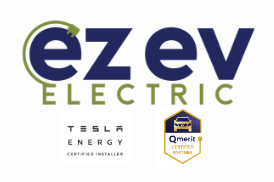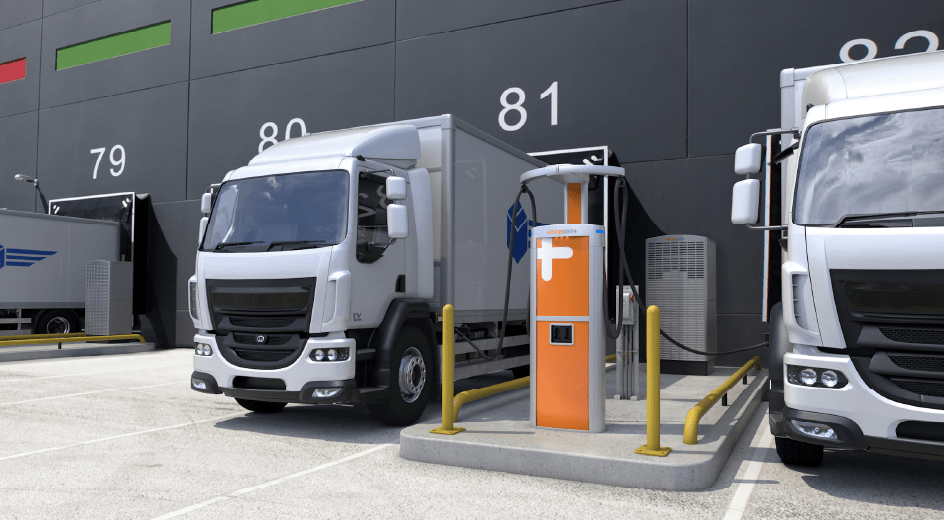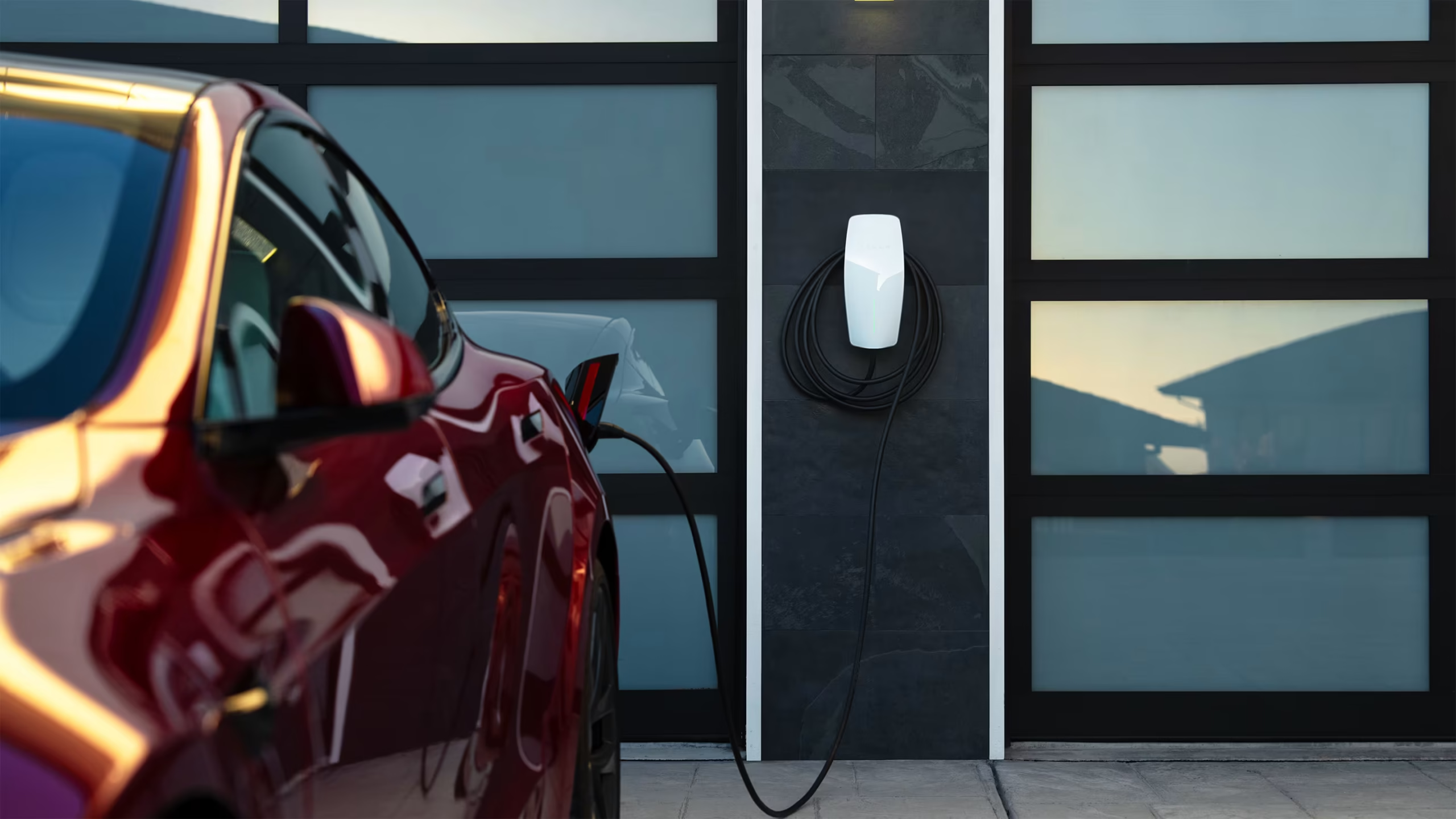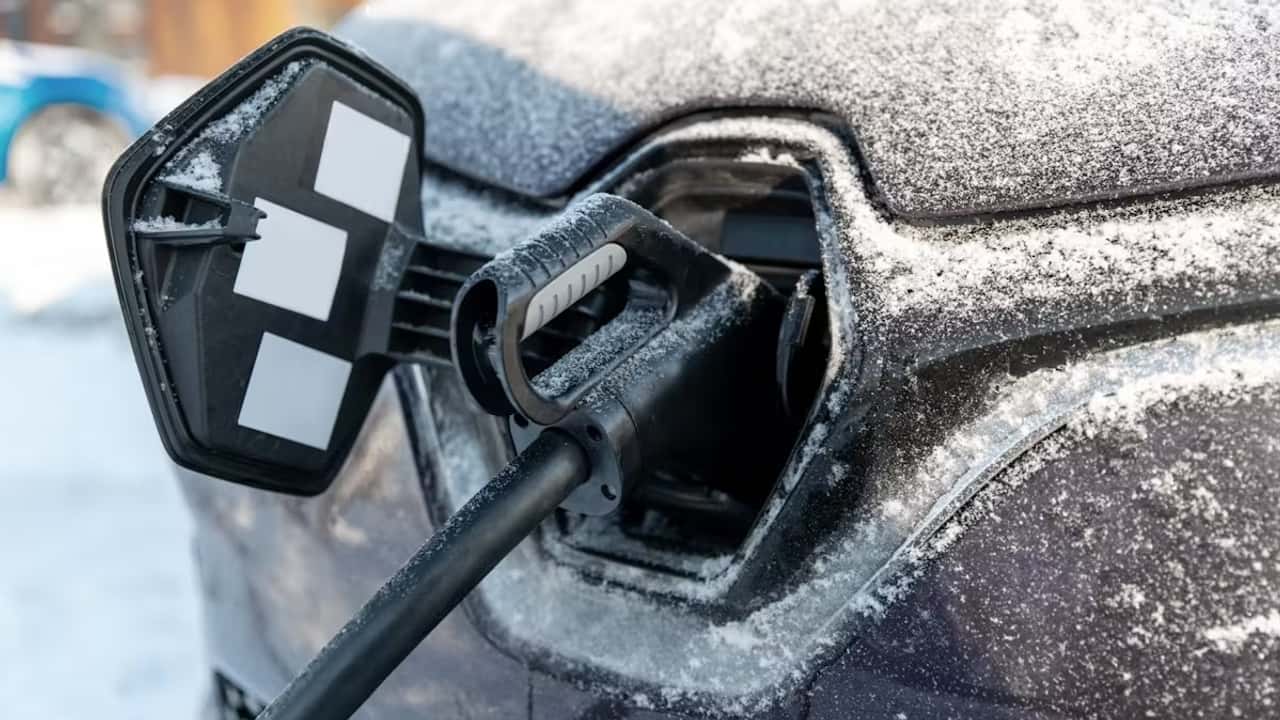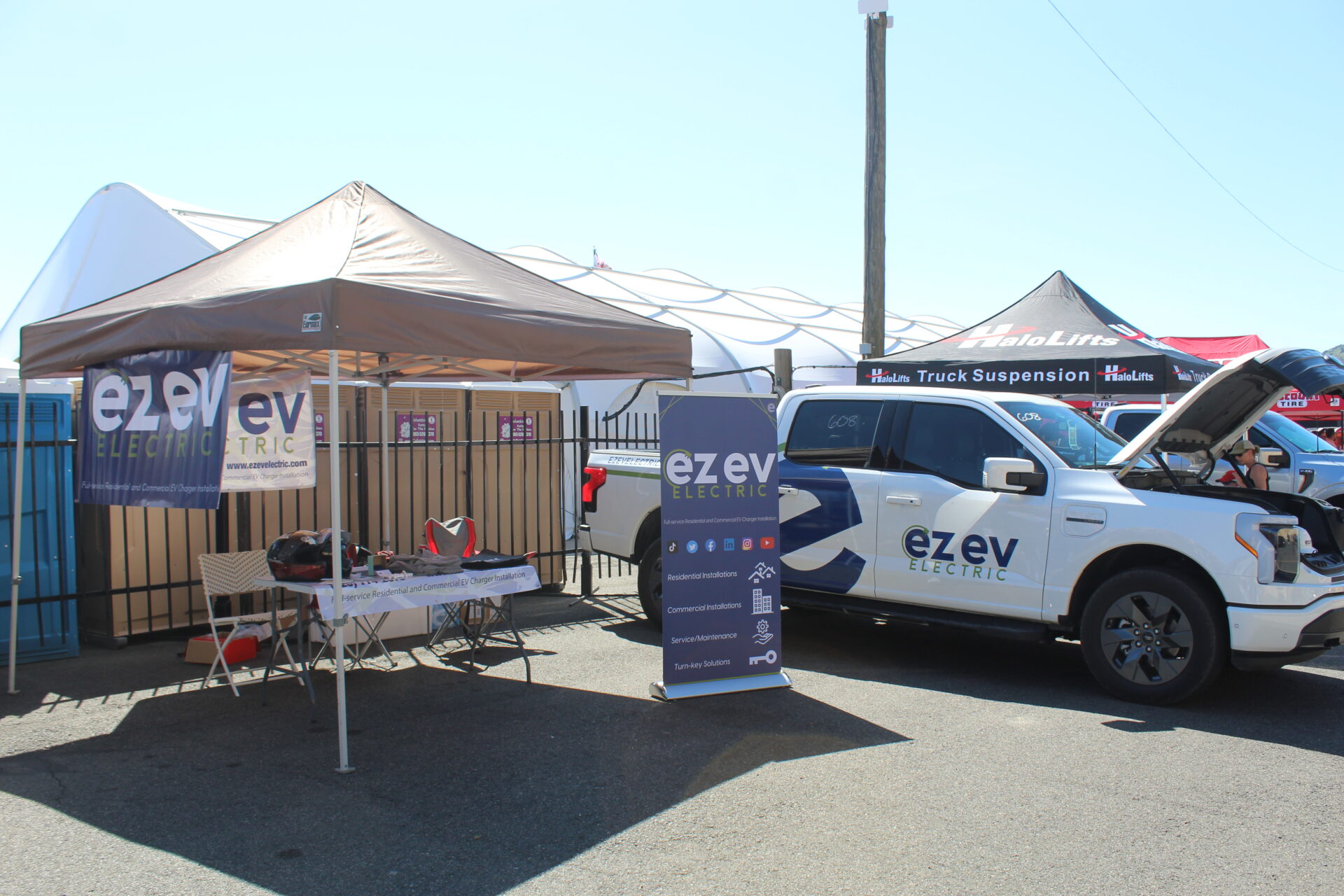Adding EVs to the fleet has been gaining traction among organizations across various sectors. With ever-accelerating pressure to reduce pollution and growing recognition of the cost savings associated with electric vehicles, fleet managers are increasingly switching to EVs.
However, the success of the EV fleet relies not only on the vehicles but also on solid charging infrastructure. If the charging infrastructure is not able to meet the needs of the fleet, it can hamper operations.
There are a lot of things to consider when it comes to building an efficient EV infrastructure for your fleet, including EV charging components and implementation. That’s what we have covered in this guide. Let’s explore them.
Understanding the Elements of an EV Charging Station
A well-planned charging system is a cornerstone of any electric fleet. Here are some common elements you will deal with in an EV charging project.
EV Charging Stations
The EV chargers are the most crucial part as they deliver power to the vehicles. These chargers are a component of a larger system called Electric Vehicle Supply Equipment (EVSE), which also includes cables, wiring, and the software that manages power flow from the grid to the vehicle.
Make sure to choose the correct type and number of chargers to keep your fleet running smoothly.
1. Level 2 (L2) Chargers
– How they work: They provide less powerful AC that is converted by the vehicle’s internal charger to DC to charge the battery.
– Speed: They add approximately 25 miles of range per charging hour.
– Best for: Overnight charging to ensure vehicles are fully ready for the following day’s routes.
2. DC Fast Chargers (DCFC)
– How they work: They provide rapid battery charging DC by directly connecting to the battery and bypassing the vehicle’s internal charger.
– Speed: They are much faster and can charge the battery up to 80% in only 20 minutes.
– Best for: Fleets that have very high usage rates and need quick turnarounds.
– Keep in mind: They are generally more expensive than L2 chargers and need a stronger electrical capacity.
Power Supply: The Lifeblood of the Fleet
An EV fleet charging station requires a robust, reliable power connection. It’s about receiving enough electricity at the site to charge many EVs at once without blowing a fuse or triggering a power outage.
A weak system may not serve too many EVs at once. Businesses need to work with electricity providers to make sure their site has enough “current” to handle charging demands.
Scalability:
With a truly scalable system, you can add more chargers and power connections without tearing everything down and starting over.
Software to Manage It All: The Brains of the Operation
Imagine keeping track of 100 cars while they charge. It is quite overwhelming to track the charging status of a couple of cars simultaneously. That’s why it calls for an effective system in place.
It can perform the following functions:
- Managing Charging: It optimally assigns vehicles to chargers and schedules the best charging times by considering electricity cost, vehicle availability, and urgency (how soon they’re needed).
- Battery Monitoring: It monitors the state of charge and can compute battery charge metrics over time.
- Reporting: There are great business insights to be had from comprehensive reports on energy consumption, cost, and charger usage.
- Diagnostics: It can tell managers the hot chargers and the cars that are not charging due to fault diagnosis.
Steps to Implement EV Fleet Charging
Moving to install EV charging infrastructure in your business requires planning. Below is a general idea of the order in which the steps get done.
1. Choosing Your Charging Installation Method
Most companies decide to implement a turnkey approach, where a charging provider takes care of everything from charging station design to installation and maintenance. This is hassle-free for the business and ensures convenience.
Alternatively, some companies decide on less comprehensive options, like integrating software, to connect to the chargers they already have. This option is less expensive up-front and provides flexible charging options.
2. Conducting a Site Assessment
The first step towards complete setup is done via a detailed on-site assessment of the facility, which evaluates:
3. Fleet size and charging needs: How many vehicles are in the fleet, how many of them need charging and during which times, and how many can be charged simultaneously and during which downtimes.
4. Charger placement: Where the chargers should be positioned in relation to vehicles’ natural parking areas, like garages and loading docks?
5. Electrical infrastructure: Assessment of available facility capacity to make it possible to upgrade the infrastructure.
6. Permits and codes: Compliance with local regulations concerning building and electrical codes.
7. Design, Construction, and Testing:
Customizing a charging system is done per on-site estimation. After the installation of the charging stations, they are reviewed for safety and efficiency.
Operations and Maintenance
- Remote Monitoring: Performing a diagnosis can happen in real time. The problematic issue can be resolved remotely.
- Preventive Maintenance: Scheduled maintenance to extend the lifespan of the equipment.
- Warranties: Extended service agreements are provided by service affiliations on an arrangement for each scope of work and include all associated charges.
- Training: Service providers include training for staff and drivers to reduce user errors.
Level 2 chargers and Maintenance can be extended to 7 years, and fast chargers can be extended to 10 years.
Planning For What Comes Next
Meeting the demands of today isn’t all there is to EV fleet charging. For fleets to safeguard the value of their investment, they will need to anticipate and plan for future needs, such as:
The scaling of infrastructure and software to evolve and become more flexible.
To proactively manage future regulatory compliance concerning emissions and fleet requirements.
Aligning with clean energy tools like solar and battery storage.
Final Thoughts
It is undeniable that electrifying a fleet results in reduced operational costs, improved operational efficiency, and a greener fleet. However, the benefits that come with the transformation depend largely on the availability of charging infrastructure.
If you are looking for the electrification of fleet, look no further than EZ EV Electric. Backed by experience, expertise, and transparent prices, we offer customized EV charger installation for businesses across Colorado.
